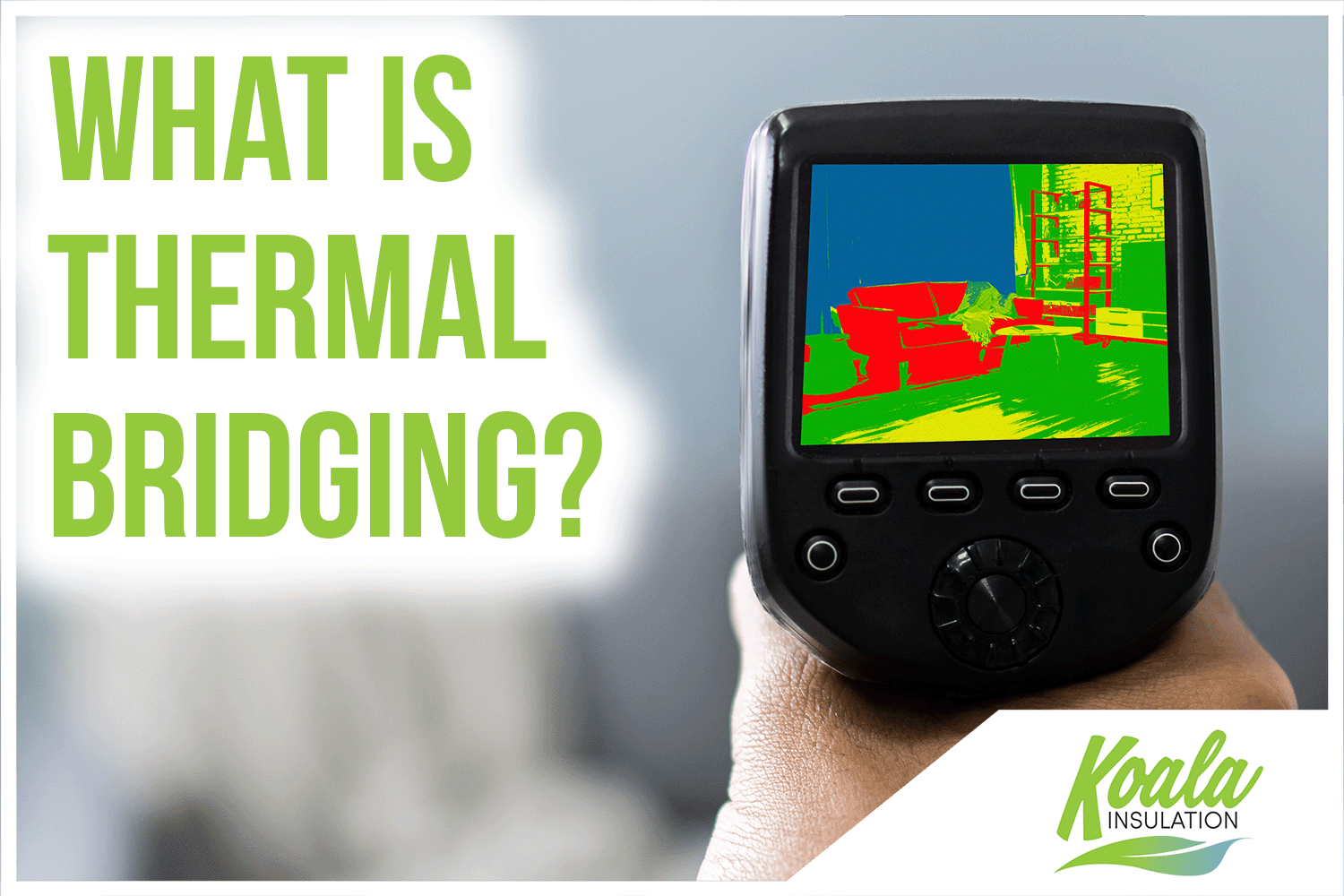
Local Experts Explain Thermal Bridging’s Impact On Your Environment
What is Thermal Bridging?
The basic definition of thermal bridging is the movement of heat through a conductive material.
Conduction is the direct transmission of heat through a structure when there is an imbalance of temperature between two areas, such as when your home is at a different temperature than the outside air.
One of the most common examples of a structure in your home that allows thermal bridging would be the wall studs. This conductive material is considered the path of least resistance for heat, so it creates a “bridge” for the energy to pass through. This could be for heat escaping your home during the winter or entering the building during the summer. Problematic wall studs, uncovered joists, and improperly insulated structures are the perfect candidates for thermal bridging and contribute significantly to irregular temperatures by allowing heat to enter or exit your home.
Thermal Bridging’s Impact
If your home is poorly insulated or doesn’t have sufficient material installed, the house isn’t protected from unregulated heat transfer. Unfortunately, even if you have effective insulation between the joists and floorboards, if these structures themselves aren’t covered and insulated, they act as a bridge for heat to easily pass through.
Thermal can cause significant problems in your home's climate control throughout the year. For example, when you're trying to warm up the house during the winter, heat can freely pass outside through these conductive structures where there's a difference in temperature. This leads to something called "the stack effect" in your attic: when the heat rises, a poorly insulated attic can allow the heat to escape up through the ceiling and roof. Your desired warmth is then quickly replaced with frigid air you've been trying to work against.
These irregular temperatures caused by unregulated heat transfer can cause higher utility bills, energy waste, and discomfort. Your HVAC system needs to run more often in order to match the temperature on the thermostat. It’s important not to mistake your higher heating and cooling costs for the weather outside when this could be the first sign that your home isn’t sufficiently insulated.
Another significant problem thermal bridging can pose is the threat of condensation and moisture damage. When warm air interacts with cooler surfaces and condenses, the resulting water droplets can lead to rot, mold, and damaged insulation. While mold growth and bacteria can lead to potentially serious health hazards, damp wood can attract pests like termites, dust mites, and carpenter ants. With the additional threat of rot, the structural integrity of your home could be put in serious jeopardy.
Insulation’s Defense Against Thermal Bridging
The insulation in your home works to create a barrier between the structure and heat, which is called a thermal break. In most modern-day homes, this is as simple as finding the right material to cover joists and studs in order to reduce heat transfer. However, in some older homes, there can be plenty of areas that allow for thermal bridging; this is because thermal bridging wasn’t a major concern in construction until recent advancements and research in the industry.
Adding a continuous layer of insulation is one of the most effective solutions for reducing thermal bridging, with regular inspections and maintenance to reduce deteriorated or damaged material. In newer construction, there’s now the option of building with SIPs (structural insulated panels) or using advanced framing techniques that help reduce the use of wall studs without reducing the structural integrity of the structure.
When developing the plans for a new home or business building, it’s crucial to consult industry experts that not only have experience in energy-efficient practices but can also provide advice on reducing energy usage through preventative measures. One of the most effective ways you can get ahead of additional costs is by staying involved in the early processes to implement practices and methods that will support the building envelope for years.
Consulting Your Local Industry Professionals
When it comes to ensuring your home has the right support, it’s important to have the right team advising your household. Understanding how improved insulation and air sealing can impact your environment gives you the opportunity to find solutions that are both cost-effective and energy-efficient. That’s why you need a team of trained and experienced professionals who can help you and your household choose the best options that cater to your home’s needs.
At Koala Insulation of Pearland, our team of insulation experts is dedicated to improving the comfort and safety of our community. By offering free evaluations, we can assist our neighbors in reducing energy waste and costs while also prioritizing their current budget and schedule. Our team breaks down the current condition of your home's insulation and air sealing in order to target pain points and create a plan of action. To learn more about how updated insulation and air sealing can improve your environment, contact our team at Koala Insulation of Pearland today and schedule your free evaluation.
Ready to book your free insulation evaluation?
We have 3 convienant ways for you to get in touch
We Provide Insulation Services to the Following Pearland Areas
ALVIN, FRIENDSWOOD, PEARLAND, HOUSTON
Counties Served
BRAZORIA, GALVESTON, HARRIS
Zip Code
77511, 77546, 77584, 77061, 77075, 77087, 77089, 77581
